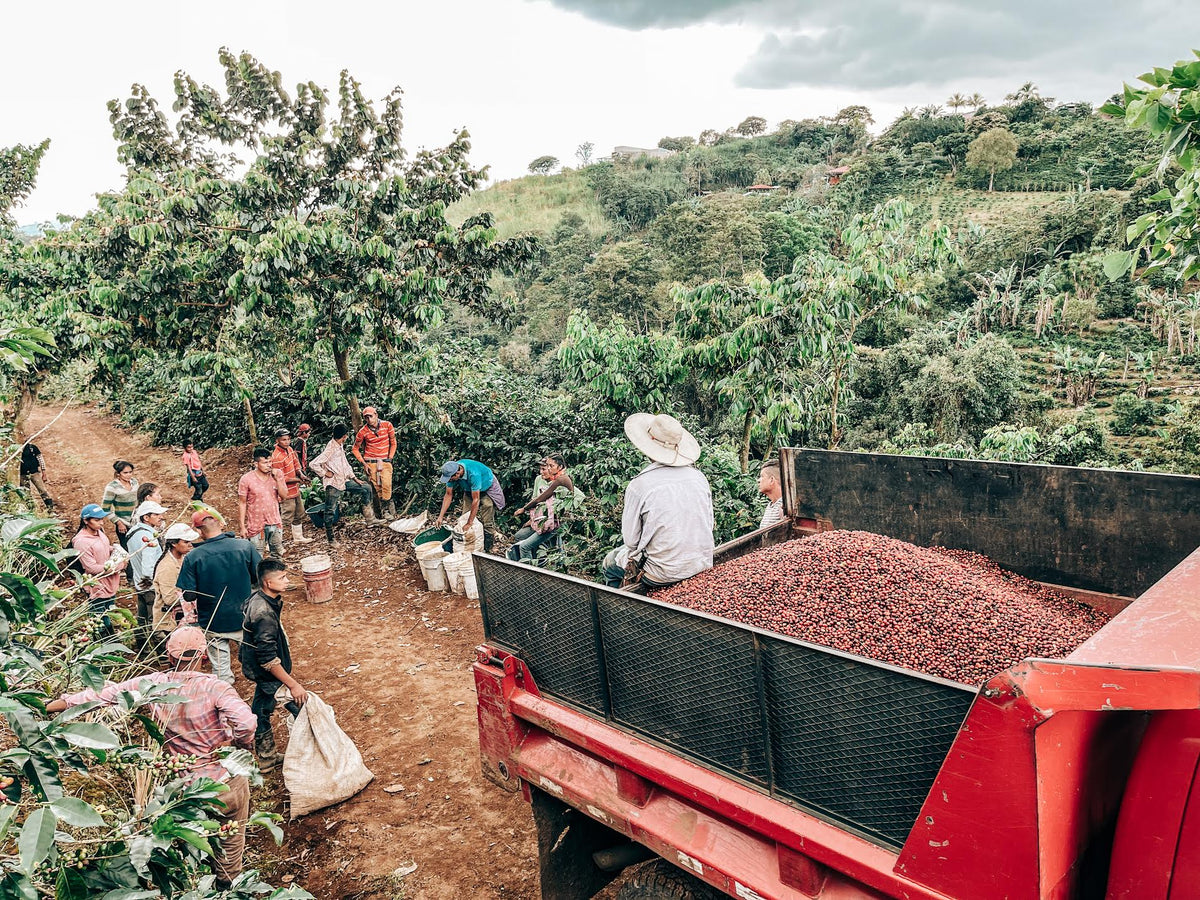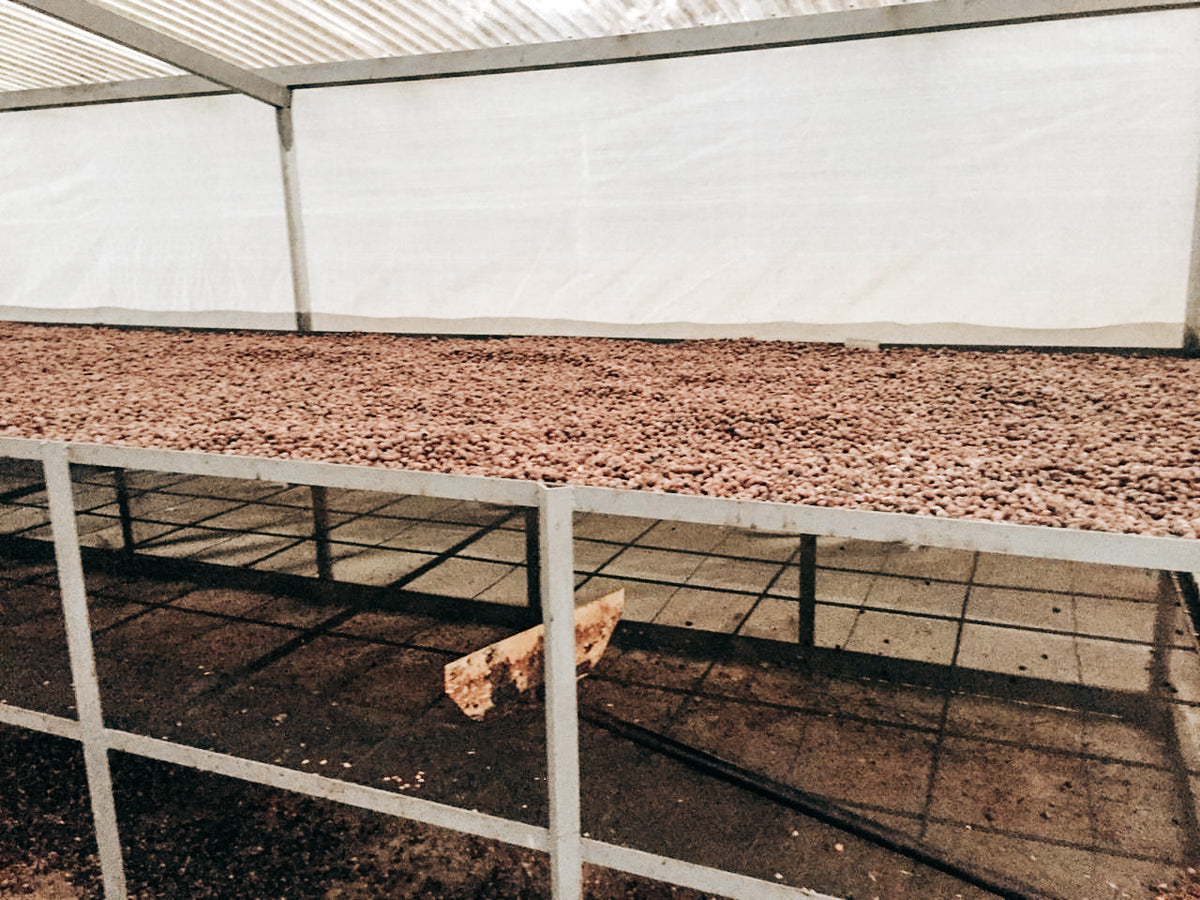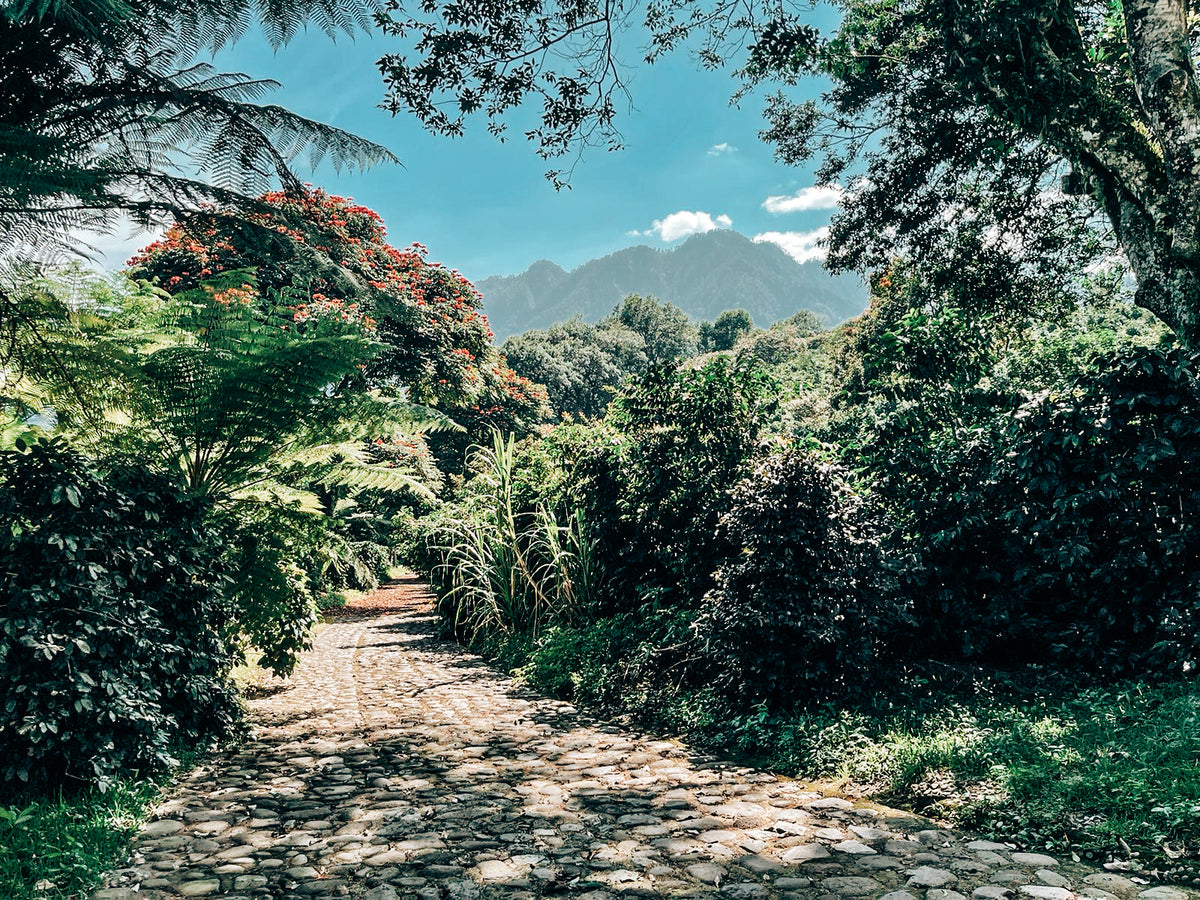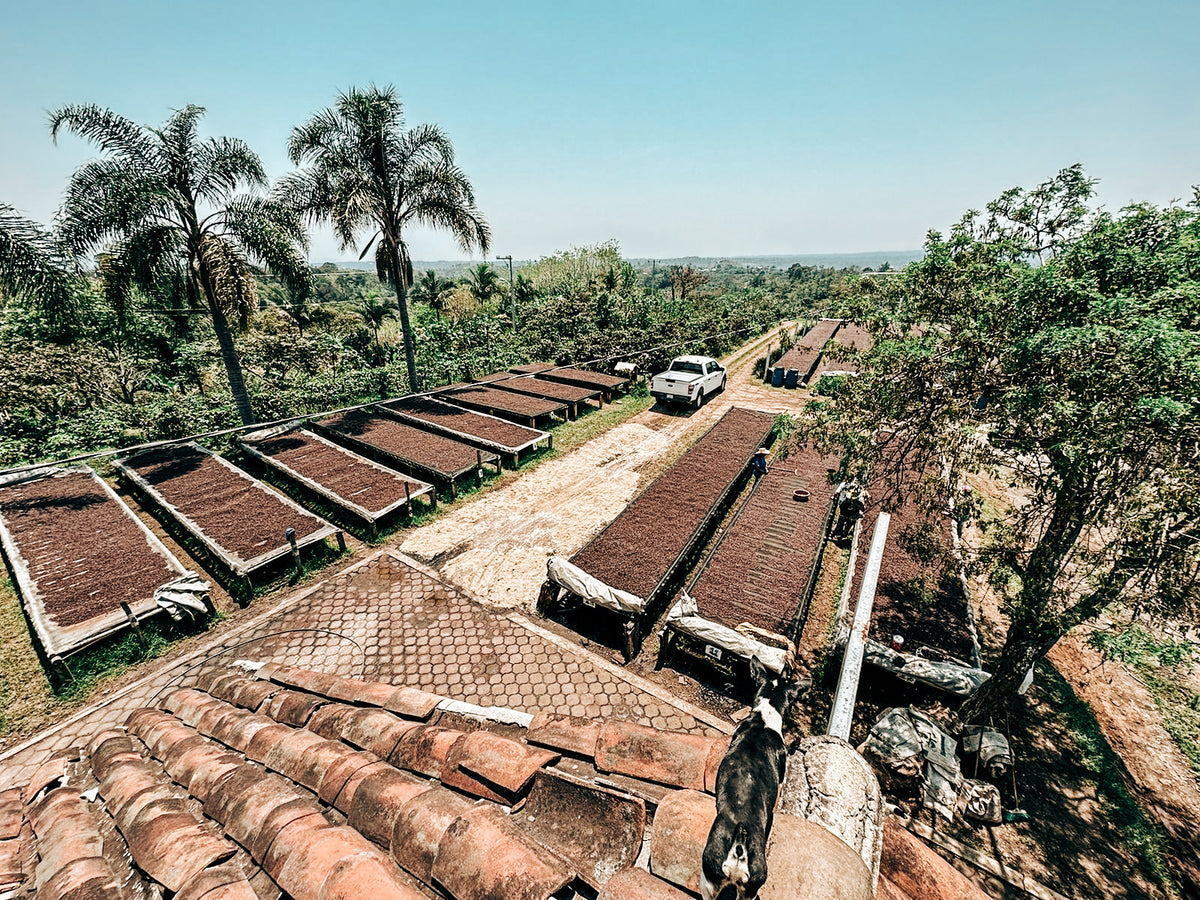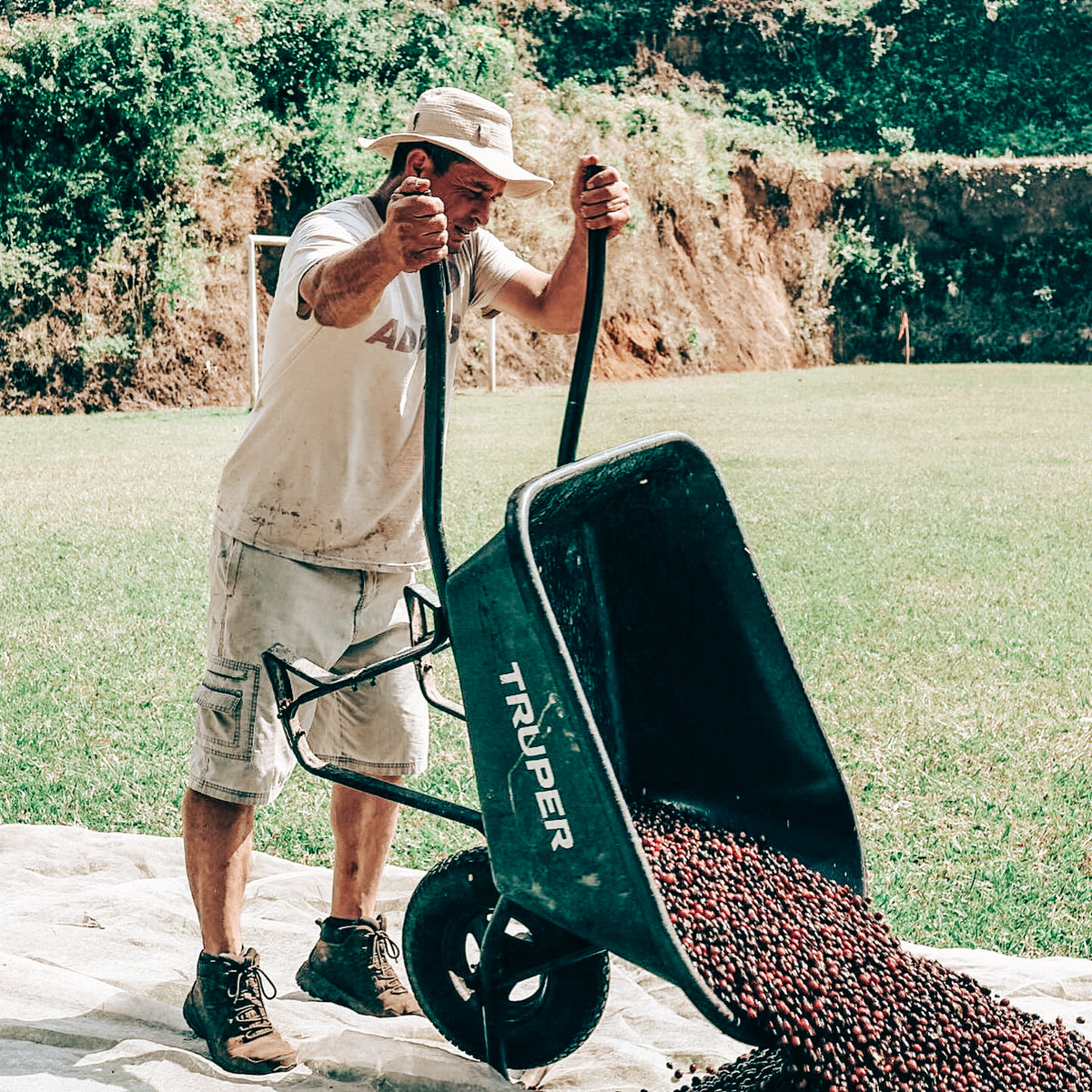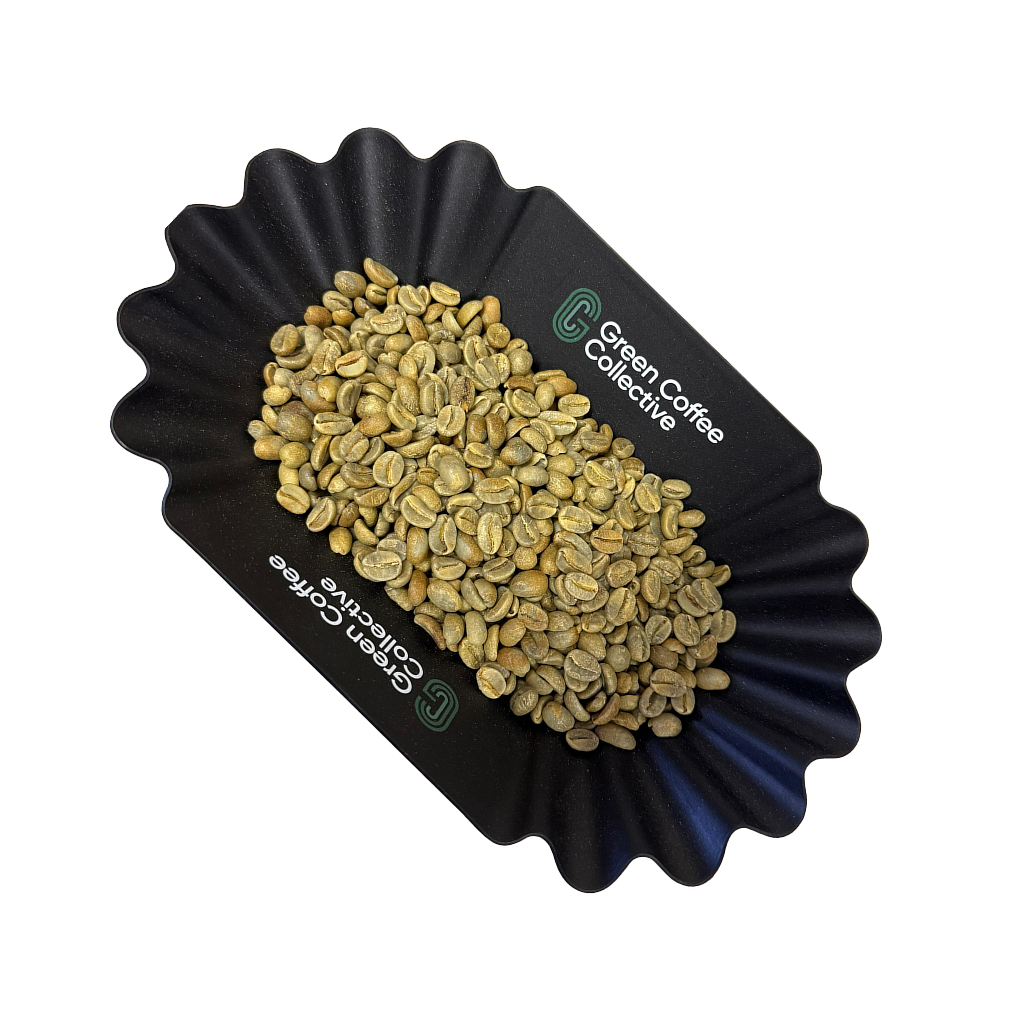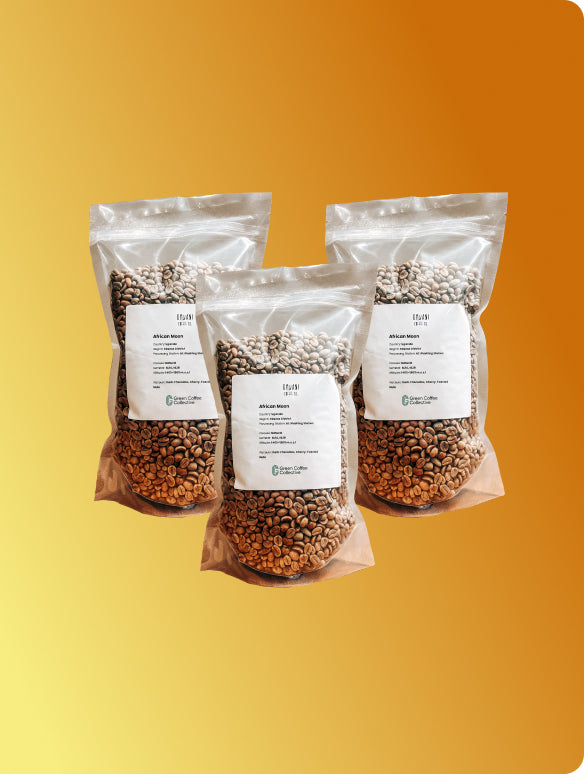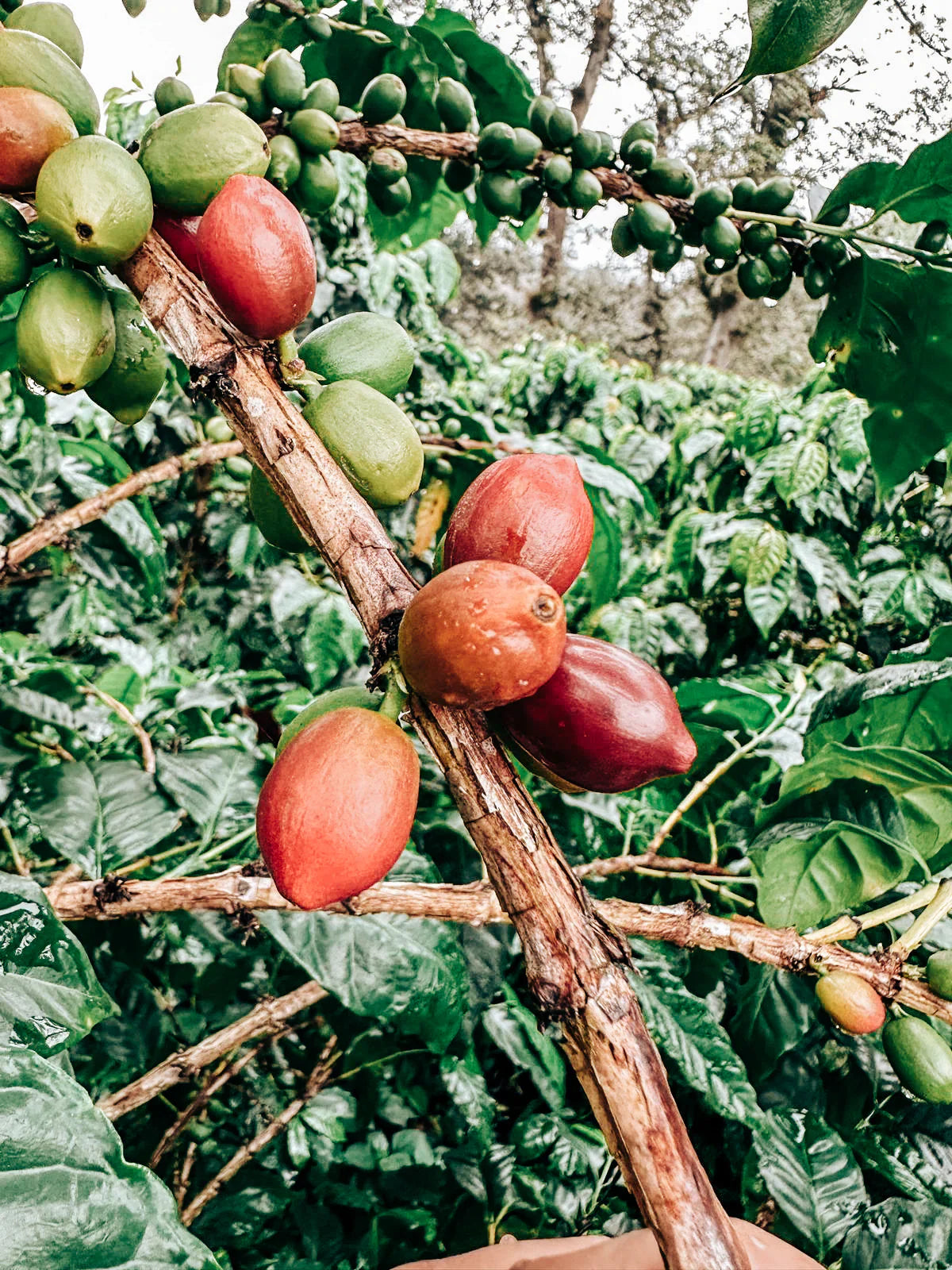
Geisha Green Coffee Beans
Geisha is one of the most sought-after coffee varietals, renowned for its distinctive history and unique flavour profile. Originating in Ethiopia and perfected in Panama’s ideal conditions, these green coffee beans deliver vibrant complexity and a delicate aroma. Available in wholesale sizes or smaller quantities for sampling and home roasting, our Geisha beans cater to both professionals and home-enthusiasts.
-
Hermanos Aguilera Yellow Honey Geisha
Cupping Score86.5Processing methodVarietalGeishaMain flavour notesJasmine | Lemongrass | Floral0kg leftOut of Stock -
Henry Bonilla - Washed Geisha
Cupping Score86.25Processing methodVarietalGeishaMain flavour notesJasmin | Lime | Chocolate+25kg leftIn Stock -
Pocitos Natural Geisha
Cupping Score88.0Processing methodVarietalGeishaMain flavour notesPapaya | Lemon | Lotus+15kg leftIn Stock -
Hermanos Aguilera Geisha Honey Licho 3
Cupping Score86.25Processing methodVarietalGeishaMain flavour notesJasmine honeysuckle | Lemongrass | Sweet0kg leftLow StockSale
Your guide to Geisha Green Coffee Beans
-
What flavour can I expect from Geisha green coffee beans?
-
Why is Panama renowned for producing some of the best Geisha coffee?
-
How do Geisha green coffee beans differ from other premium varietals?
-
Discover the Prestige of Geisha Green Coffee Beans
-
Why Geisha Green Coffee Beans Are Famous
-
Why Roasters Love Geisha Green Coffee Beans
-
Flavor Profile & Cupping Notes
-
Coffee-Growing Regions of Geisha
-
Varietals & Species
-
Harvest Seasons & Availability
-
Processing Methods in Geisha
-
Notable Varieties of Geisha Green Coffee Beans
-
Usage & Versatility of Geisha Green Coffee Beans
-
Best Brewing Methods for Geisha Green Coffee Beans
-
Quality Standards for Green Coffee Beans in Geisha
-
Sourcing & Traceability
-
Buy 100% High-Quality Geisha Green Coffee Beans
